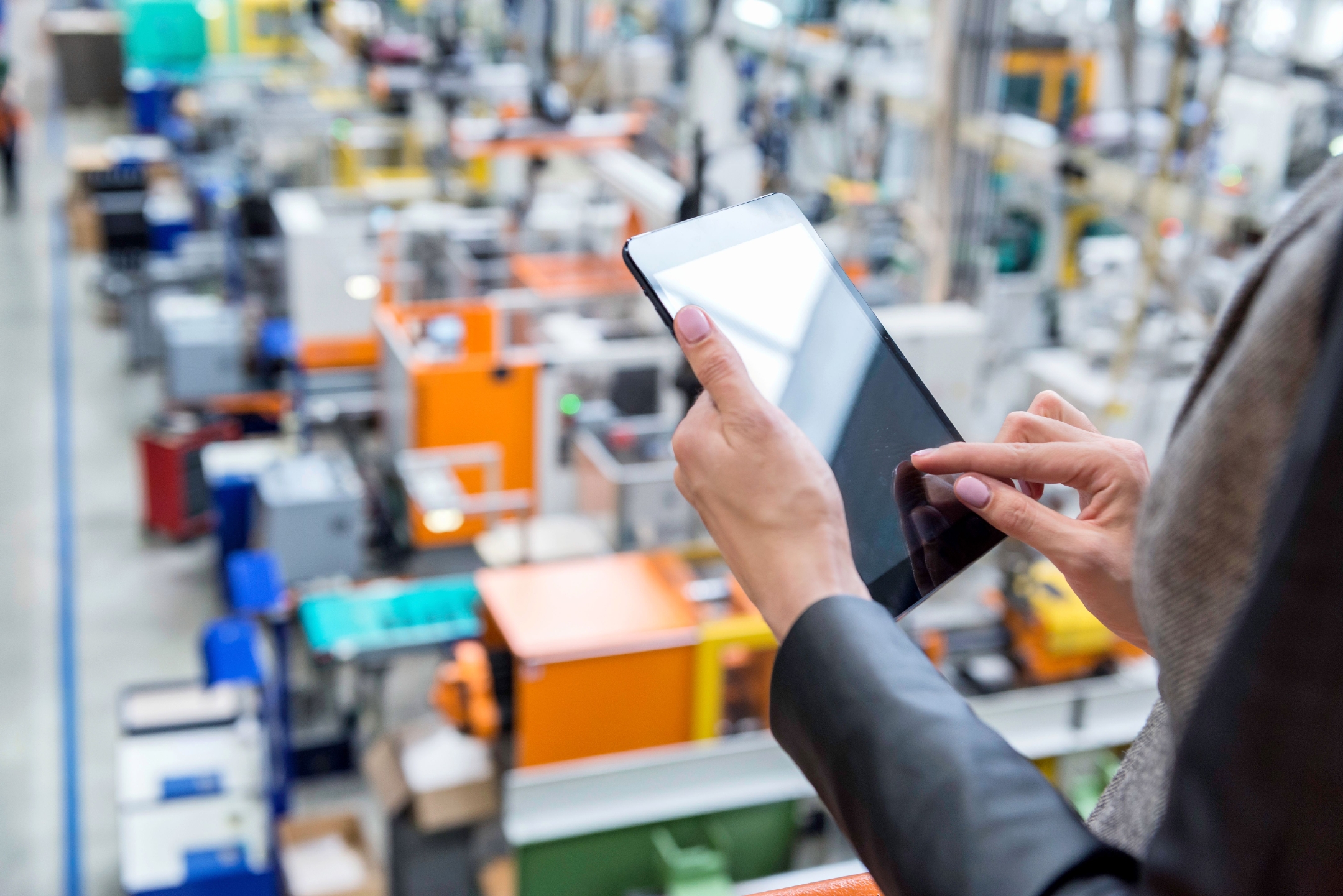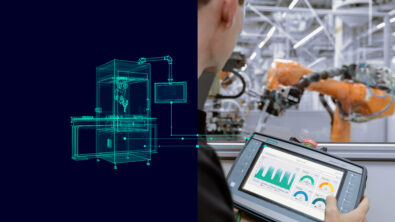Smart design for connected devices

The future is becoming increasingly connected as more and more devices come equipped with smart capabilities. Our phones, cars, urban buildings, factories and numerous other aspects of life now contain electronics to collect and share data, allowing for rapid communication and greater efficiency. As beneficial as this extensive interconnectivity may be, it raises new questions for the design of such products. How will necessary updates to hardware and software be delivered? How can the devices be kept secure against cyberattacks? How can the vast amounts of data generated by these smart devices be managed? Designers of connected devices must answer these questions while working to get their products to market faster.
Designing for connectivity
Smart products must be designed for ongoing updates to both the hardware and software for two compelling reasons. First, it enables the incremental addition of new features to the product, generating further revenue through add-ons and improvements. Second, companies can also implement safety-critical fixes to their products much more easily and efficiently. Remote software updates are particularly powerful because they enable a critical update to be pushed to every connected device, rather than requiring expensive and lengthy recalls.
With the immense amount of data being generated by all these connected devices, there is a pressing need for more sophisticated methods to parse and analyze that data. Artificial intelligence (AI) presents a possible solution with its ability to quickly analyze enormous volumes of data and uncover actionable insights buried within. However, it is often too cumbersome and inefficient to upload data from a multitude of devices to a centralized database, analyze it, and then relay decisions back to individual devices. To address this, connected devices increasingly incorporate AI capabilities to process the data and make decisions right at the edge, leading to faster decisions and more immediate response times to real-world conditions.
Designers also need to ensure security and safety for the system—especially when updating or upgrading the connected device over its lifetime. Counterfeiting, backdoors, malicious code, side channels and cyberattacks have eroded trust in electronic devices. To rebuild this trust, connected devices must be manufactured securely, software updates need to be pushed to the correct clients, and the new software cannot inadvertently contain vulnerabilities that could compromise the device. Supply chains, too, must be a focus in eliminating vulnerabilities to security in regard to traceability. Companies must track materials, sub-assemblies, software and semiconductor devices, and all the many technologies that go into a connected product throughout the production lifecycle. It is important for companies to understand where every component and subassembly is sourced, verify the parameters that the connected device was produced under, where it was manufactured, and so on, especially when dealing with potentially harmful substances like lead.
A single source of truth
The answer to all these challenges is the comprehensive digital twin acting as a single source of truth for the connected device throughout its lifecycle. A comprehensive digital twin contains all the relevant data associated with the many disciplines needed to design, manufacture and operate the connected device from conception to end-of-life. Incorporating all these aspects into an interconnected digital twin creates a single, authoritative model of the connected device. Thanks to this, it also becomes feasible for designers to perform early design space exploration to holistically optimize the design upstream, whether it is revising design constraints or rules to relate them to requirements. This helps design teams with meeting their targets and goals and enables a “shift left” paradigm that connects system-level and component-level design.
Securing the supply chain
Returning to supply chain security, creating a digital twin that connects the entire supply chain can prove the source of all materials, confirm the device has been built correctly, and ensure the design has not been tampered with at any point in the design and manufacturing process. Manufacturing locations, parameters, and materials can also be verified by using blockchain as a control system to monitor the input and output of the domains and systems while also encrypting data exchanges between different domains. Artificial intelligence and predictive analytics can be used to analyze the aggregated data throughout the supply chain, providing insights to various stakeholders based on their need-to-know, clients’ security access, sustainability, marketing, and other factors. This method of combining supply chain logistics with analytics allows businesses to see the real-time trends in supply issues and changes.
Connected devices of the future
Designers of smart, connected devices face many challenges when designing the next generation of products, from updatability to security of not just the device but the entire supply chain. Luckily in the age of digitization, solutions to many of these problems already exist. AI can help harness the vast data available from the device all the way up to the supply chain level. The comprehensive digital twin connects numerous digital threads to build a single source of truth throughout the products lifecycle and new design paradigms help create products with upgradability as a core tenant. Taken as a whole, these solutions will usher in a new generation of smarter, faster and more secure connected devices for the digital future.
To learn more, check out this article.
Siemens Digital Industries Software is driving transformation to enable a digital enterprise where engineering, manufacturing and electronics design meet tomorrow. Xcelerator, the comprehensive and integrated portfolio of software and services from Siemens Digital Industries Software, helps companies of all sizes create and leverage a comprehensive digital twin that provides organizations with new insights, opportunities and levels of automation to drive innovation.
For more information on Siemens Digital Industries Software products and services, visit siemens.com/software or follow us on LinkedIn, Twitter, Facebook and Instagram.
Siemens Digital Industries Software – Where today meets tomorrow


